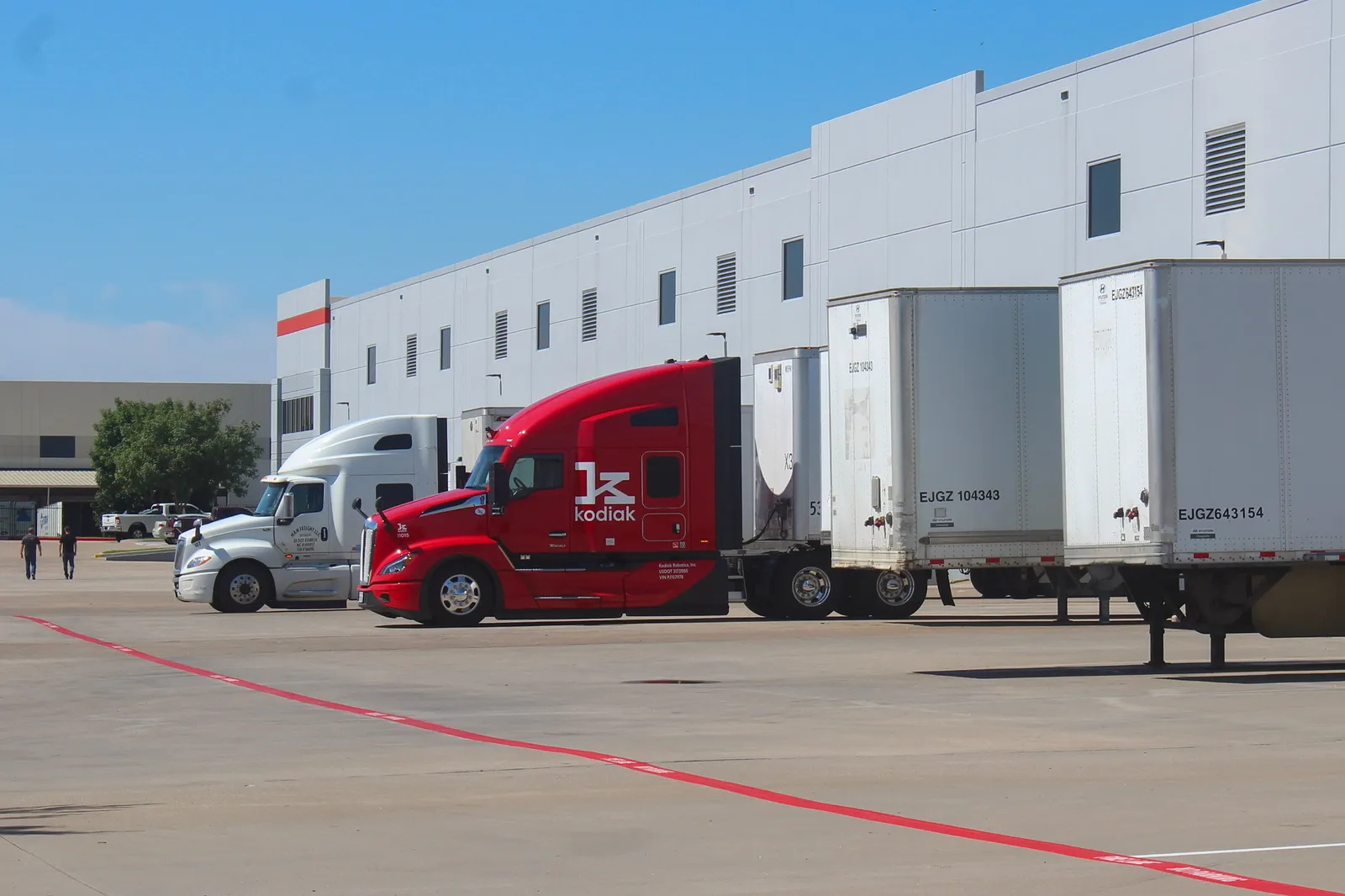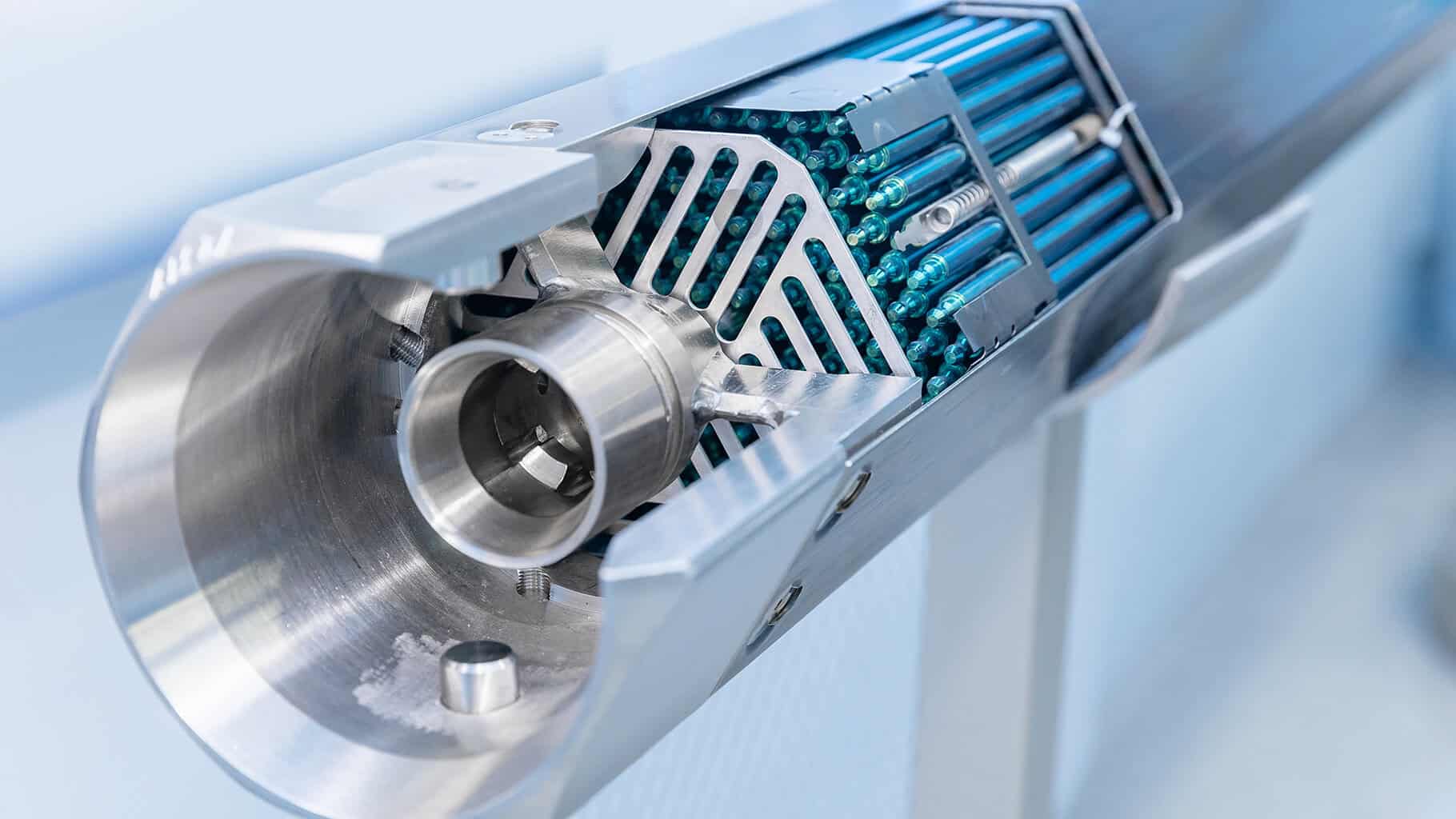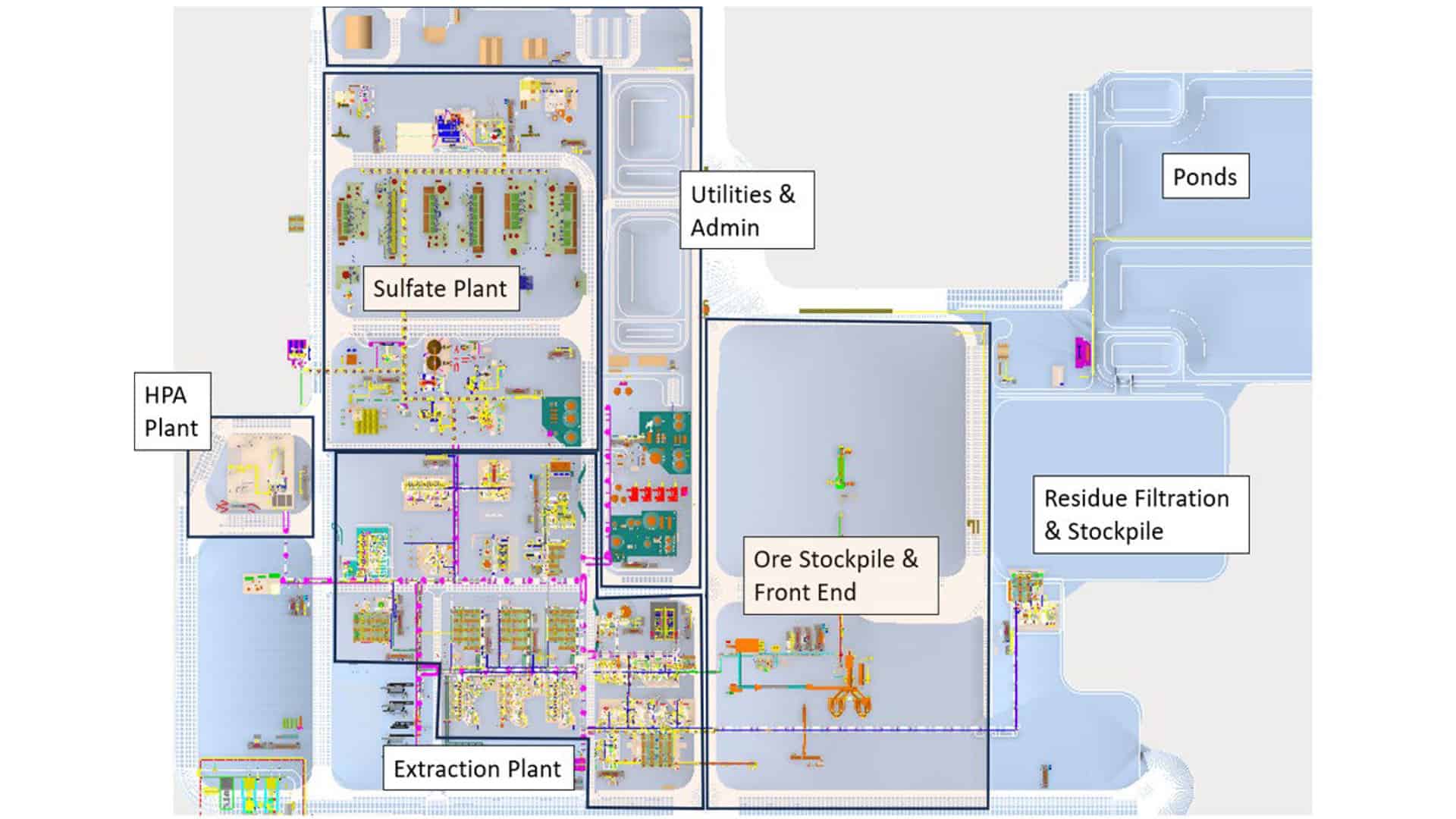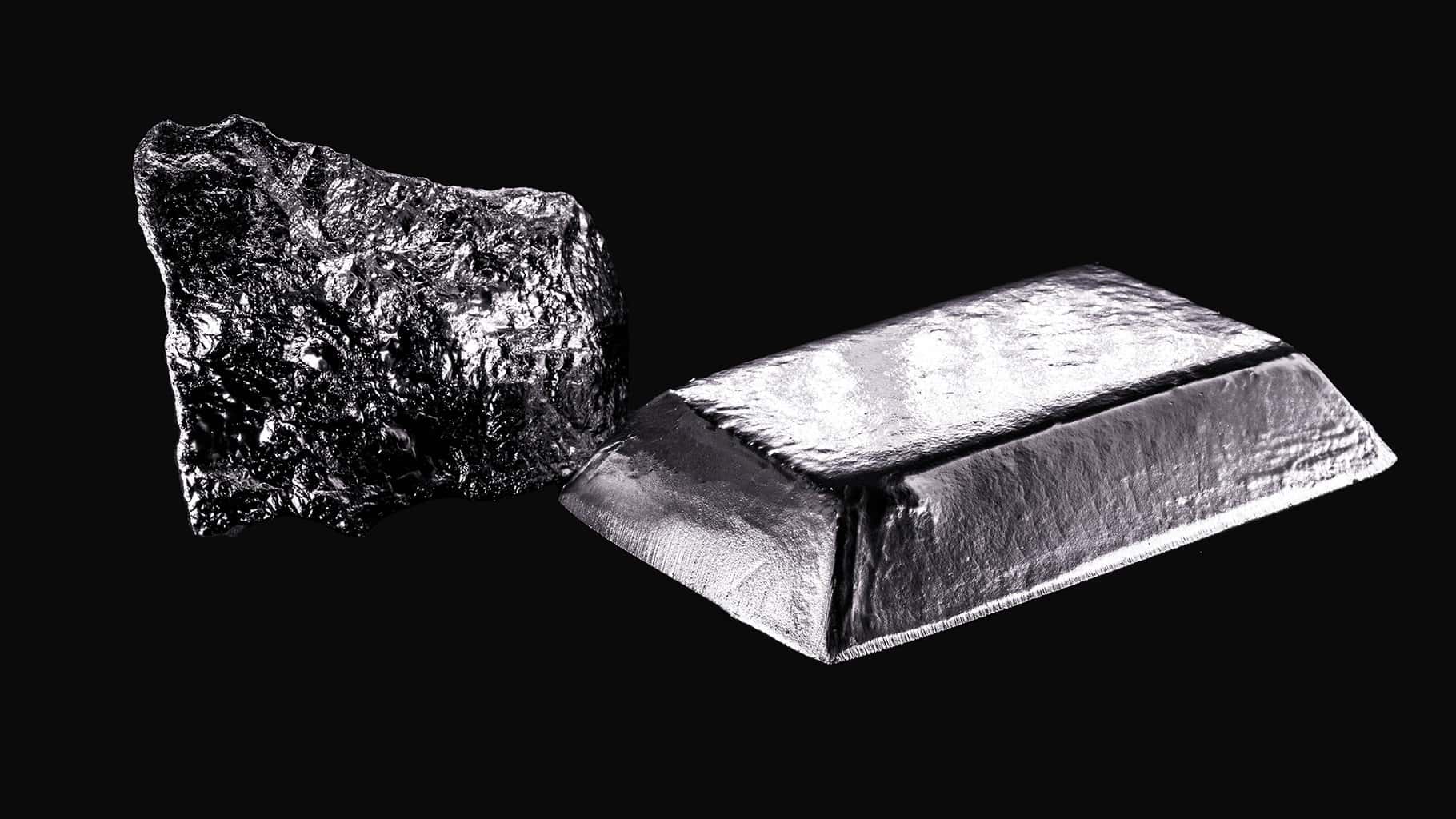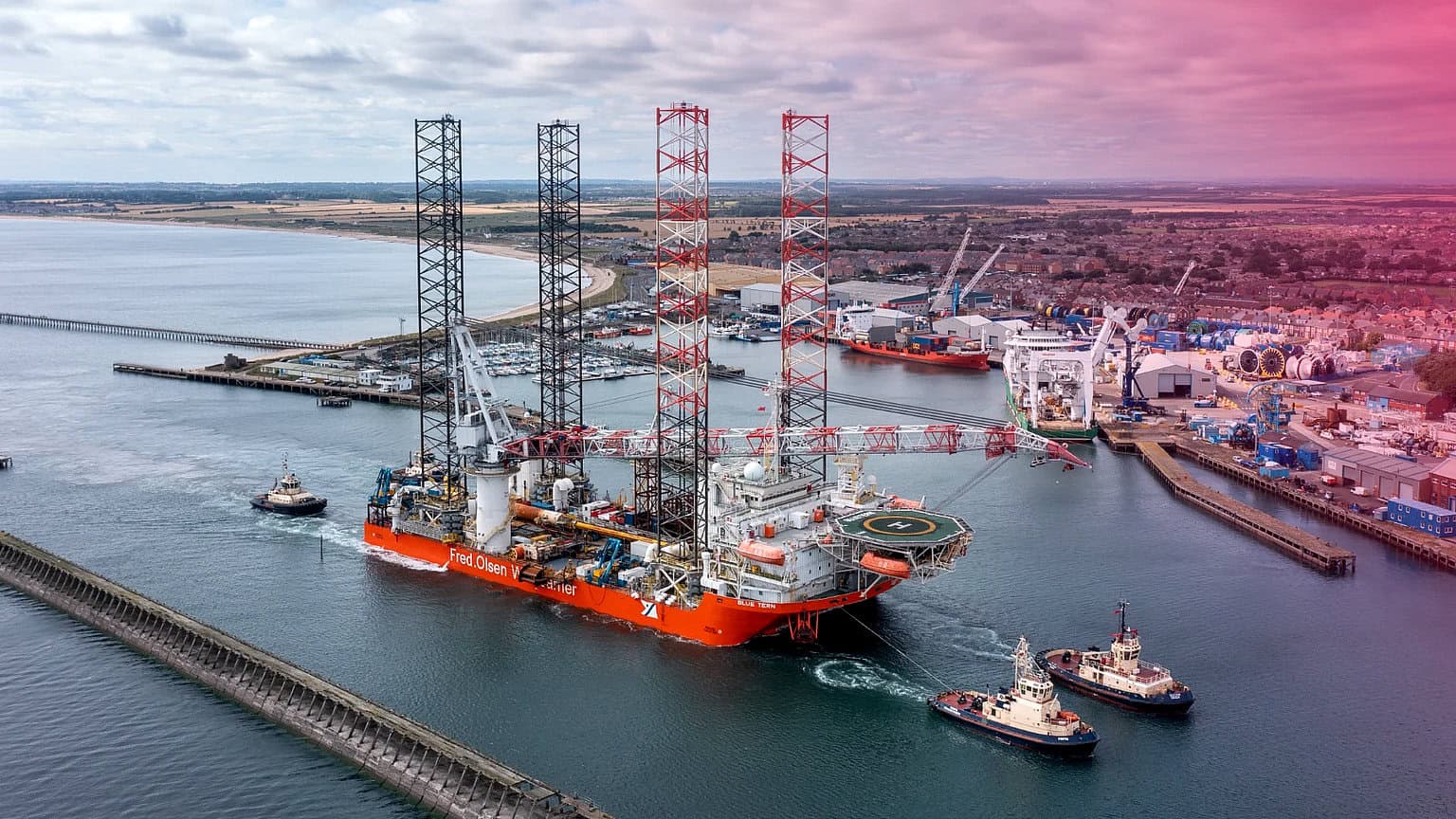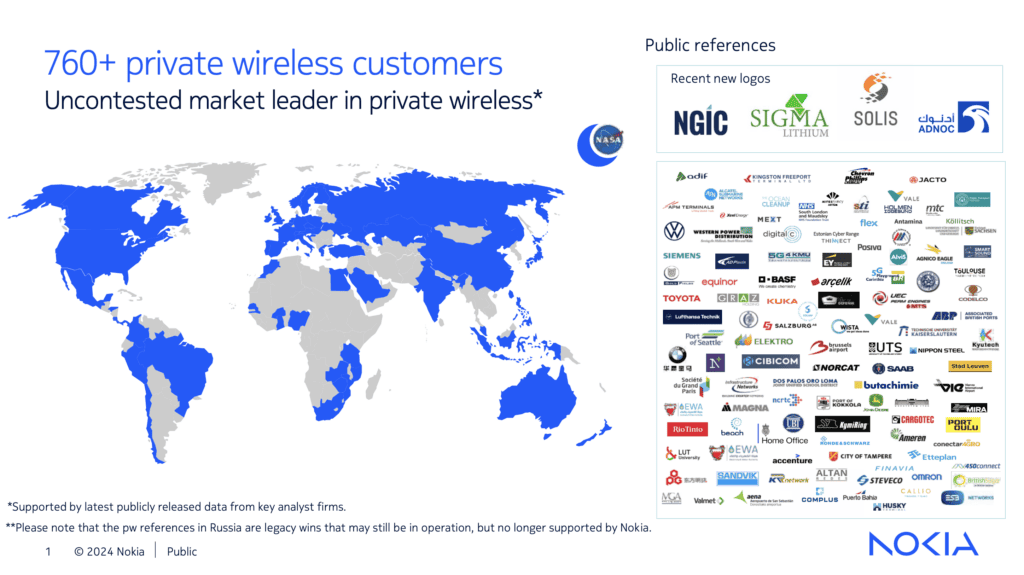The National Mining Association’s Senior Vice President of Communications, Ashley Burke, discusses the enormous potential for the US to overtake other countries as the leading producer of lithium.
As of 2020, the US mining industry is sizable and a significant financial contributor, with an estimated$ 82 billion. The US is not only a significant mineral producer, but it is also one of the main consumers of minerals. Iron, copper, uranium, gold, silver, and sulfur are the most popular commodities produced in the US mining sector. Although lithium is a very sought-after product in today’s society, there is now only one production facility for it in the US.
The US used to be a leading producer of lithium thanks to its sizable reserves, but in the 1970s, the majority of this production started to move abroad. It is obvious that the supply of essential minerals used for power, electricity, and electric vehicles ( EVs ) will need to significantly increase as the clean energy transition takes hold. In response, the Biden-Harris Administration has committed to strengthening local supplies of essential minerals in a number of ways. One of the most important aspects of this is re-establishing America’s position as a leading lithium producer.
The National Mining Association ( NMA ), which represents the US mining sector, is a trade association dedicated to ensuring safe and dependable mineral supply chains in the United States.
Can you elaborate on the National Mining Association’s main goals and objectives for us?
The National Mining Association ( NMA ) is the only national trade organization that represents the US mining industry and the hundreds of thousands of American workers it employs in front of Congress, federal agencies, the judiciary, and media, promoting public policies that will enable America to make the most of its abundant natural resources. We work to make sure that America has safe and dependable supply chains, plenty of cheap energy, and the American-sourced materials required for US manufacturing, national security and financial security, all of which are provided in accordance with industry-leading standards for labor, environmental, safety. More than 250 businesses and organizations, ranging from producers and equipment manufacturers to service providers, are members of the NMA, which has its headquarters in Washington, D.C.
What is the state of lithium mining in the US right now, and what room is there for growth?
Silver Peak in eastern Nevada is the single lithium production facility in the US at the moment, but there is a lot of potential it. We imported more than 25 % of the lithium we used last year, according to the most recent United States Geological Survey ( USGS ) report, and demand is expected to soar in the coming ten years. In 2022, the majority of our imports came from Chile and Argentina, and we even brought in lithium from China and Russia. Interestingly, we might be able to find it at home. Even though the US holds the fourth-largest global lithium reserve, only 1 % of the world’s lithium is mined and processed there.
With the right permitting and funding support from the US, many high-quality, promising projects could be producing in the near future, including Lithium Americas ( Thacker Pass, Nevada ), Piedmont Litheium ( North Carolina, and a facility in Tennessee ), Standard lithium ( California, Arkansas ), Ioneer ( Nevada ), and 3 Proton Limited in Nevada.
Why is it crucial for America to develop a robust private lithium supply chain?
As we saw with the latest release of the 2023 USGS Mineral Commodity Summaries, which showed our essential dependence has reached legendary levels, we need to move much smarter and faster to bring projects online. Lithium and other mineral demand are expected to increase up to 50-fold by 2040. We can also see that the countries that have created these metal supply chains, especially China, are moving quickly to develop the downstream industries that rely on these raw materials. More than 70 % of the world’s lithium-ion battery production now takes place in China, which dominates the lithium supply chain. The auto industry in China is becoming a significant international player thanks to the strong influence of Chinese electronic vehicle producers. Surprisingly, China exported more automobiles than Germany did next year.
What are the main obstacles to this supply chain’s security, and how can they be fixed?
Here in the US, it takes ten years to permit a mine, but our allies Canada and Australia, which have similar strict environmental and safety regulations, can do it in two to three years. It is necessary to address the administrative inertia ingrained in our present permitting system. The production of energy vehicles and the switch to reduced emissions transportation are now being hampered by a lack of key minerals like lithium. As time passes and fresh projects sit idle in the permitting loop, that issue will only get worse. There are plenty of local resources and very tempting projects that are awaiting administration approvals and are now in the permitting process. The immediate task of reshoring crucial supply chains would be started with these projects.
By funding private mining projects while upholding strict environmental protections, the US can strengthen our supply chains and offer high-quality, stable jobs to Americans. The main goals of streamlining the mining permitting system should be to initially reduce delays by establishing and following timelines and schedules for the permitting process’s completion and to monitor its progress to provide accountability. In order to expedite the process, governmental agencies involved in reviewing projects for permits or other authorizations should be required to conduct any consultations or reviews continuously rather than simultaneously, and establish timelines for each significant step of the permitting process. For instance, the lead agency should defer to and rely on baseline data, analyses and reviews performed by state agencies with jurisdiction over the proposed project.
How are you making sure that lithium mining moves forward in a way that is environmentally friendly?
The world’s highest climate, labor, and safety standards are now present in the US, where mining projects are operated that not only adhere to but frequently exceed them. The fact that these minerals will come from there and that it is in everyone’s best interest to mine them in the US, where we know they will be mined in accordance with those high standards, should be understood by mining critics.



